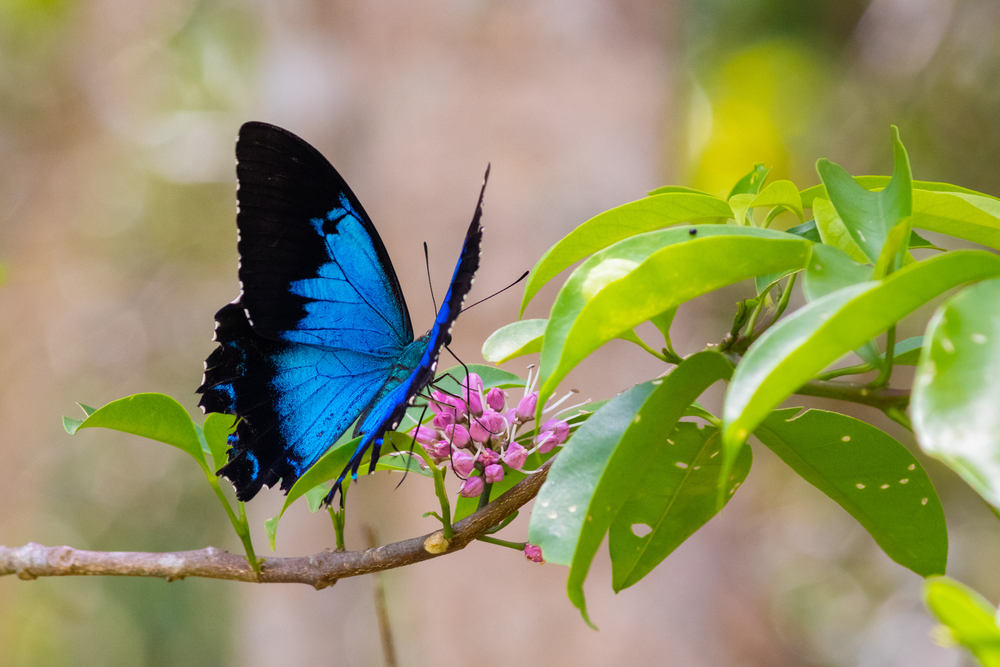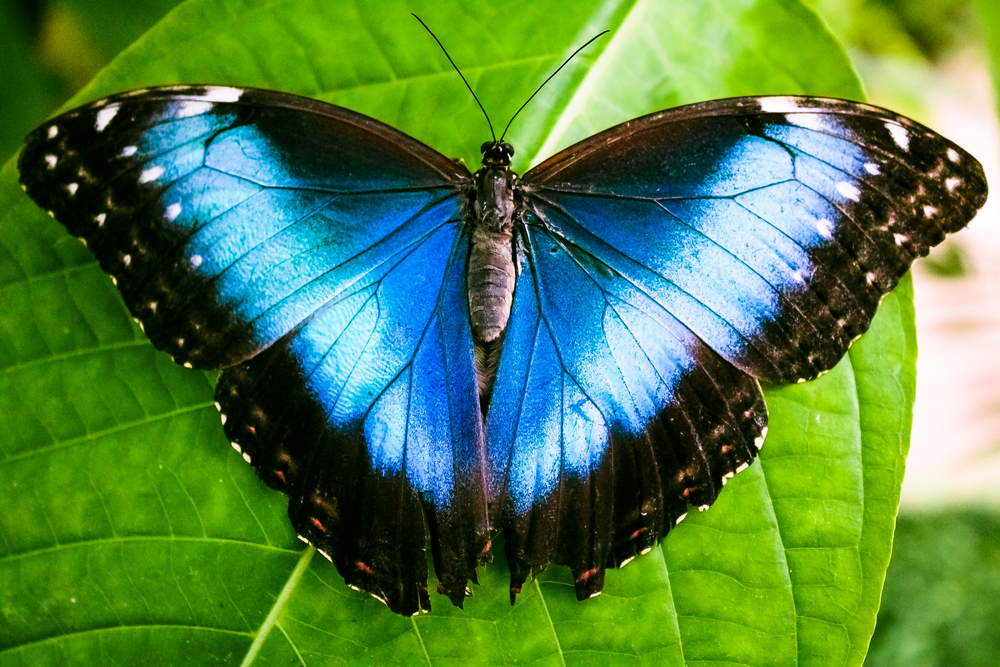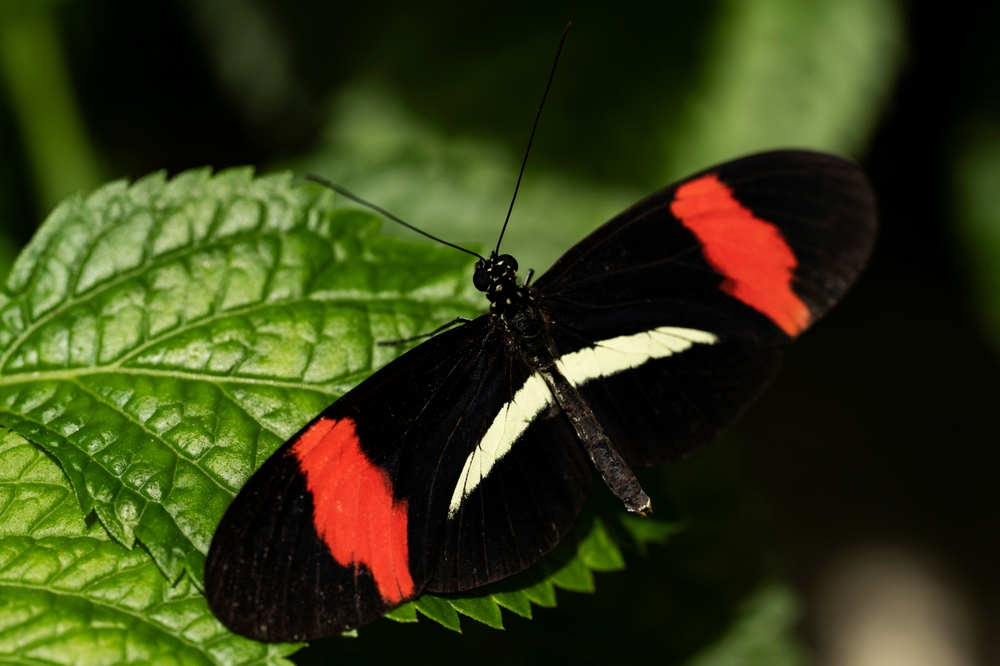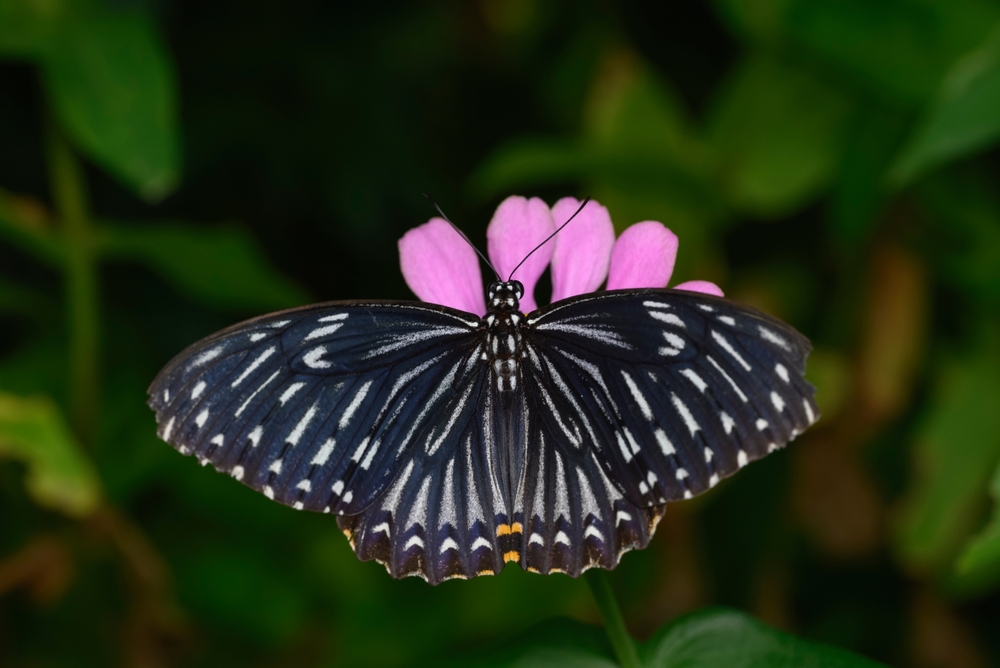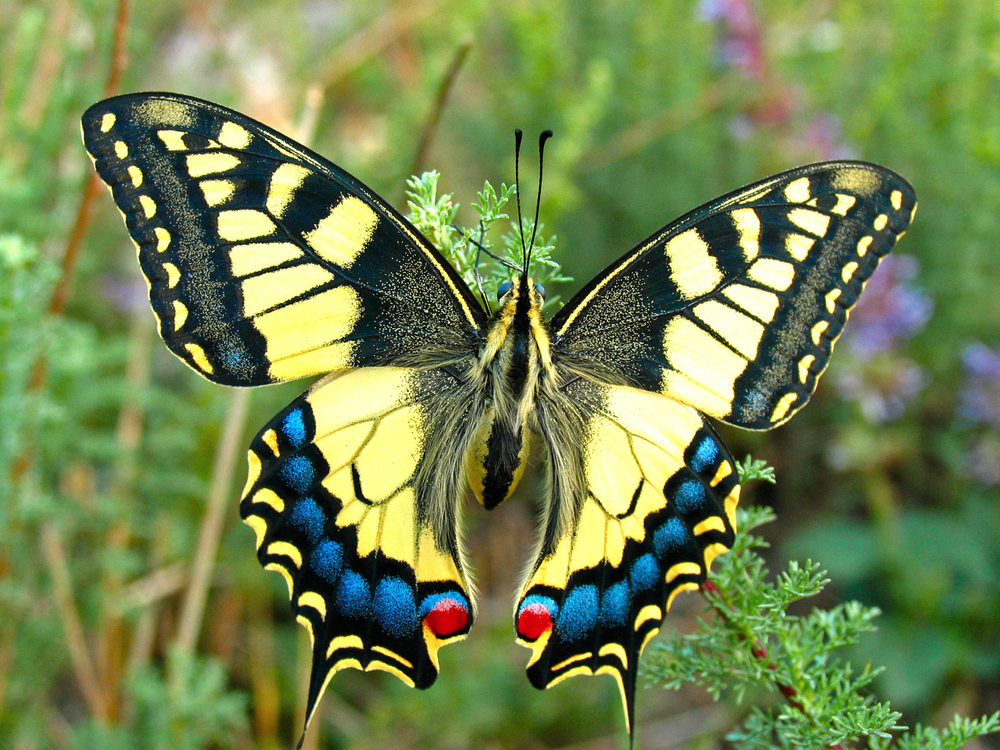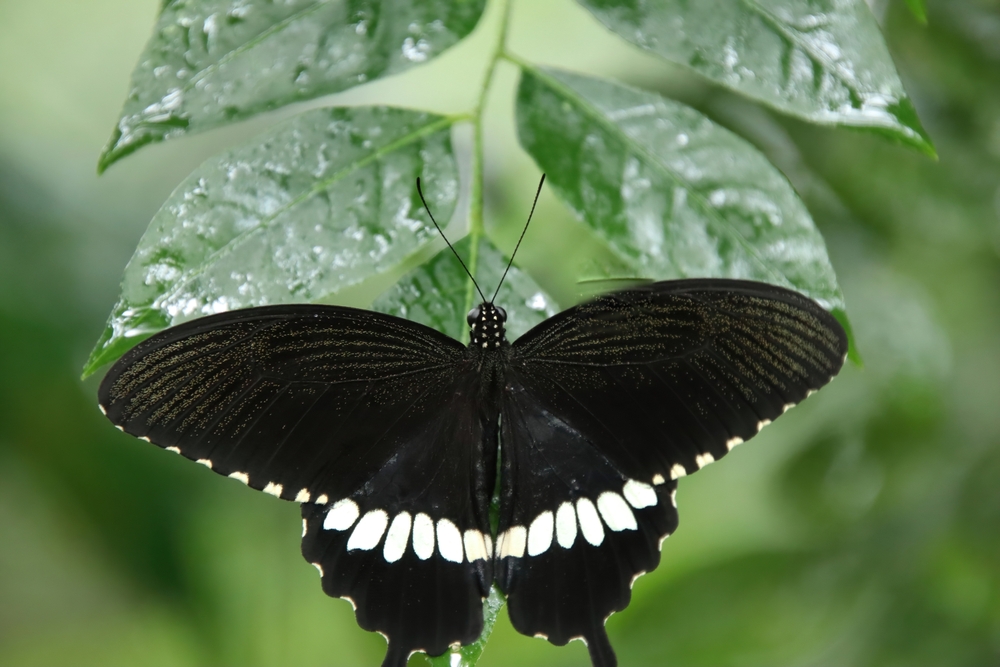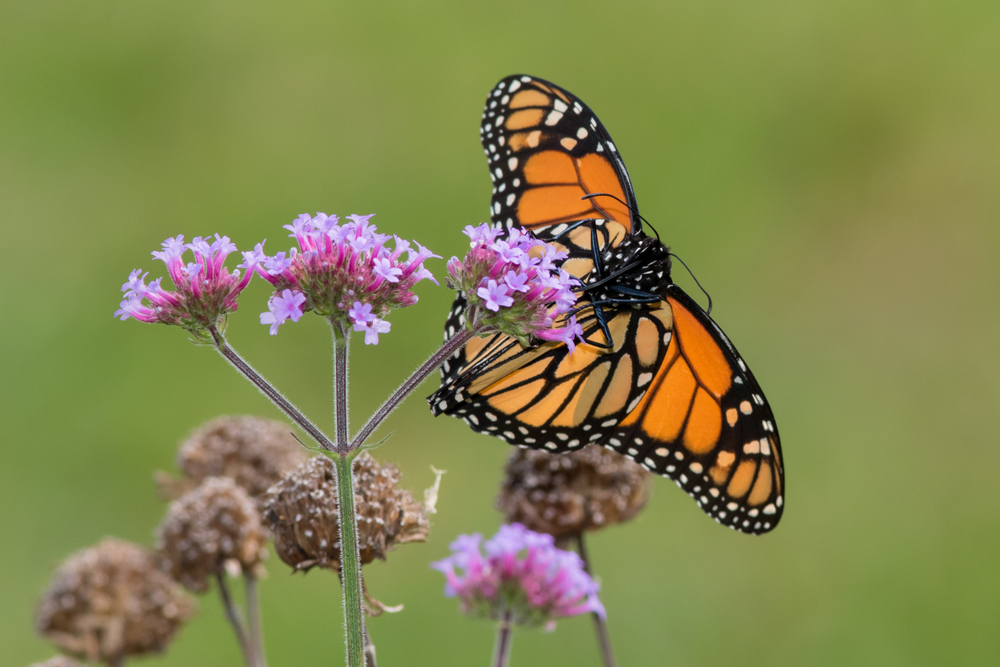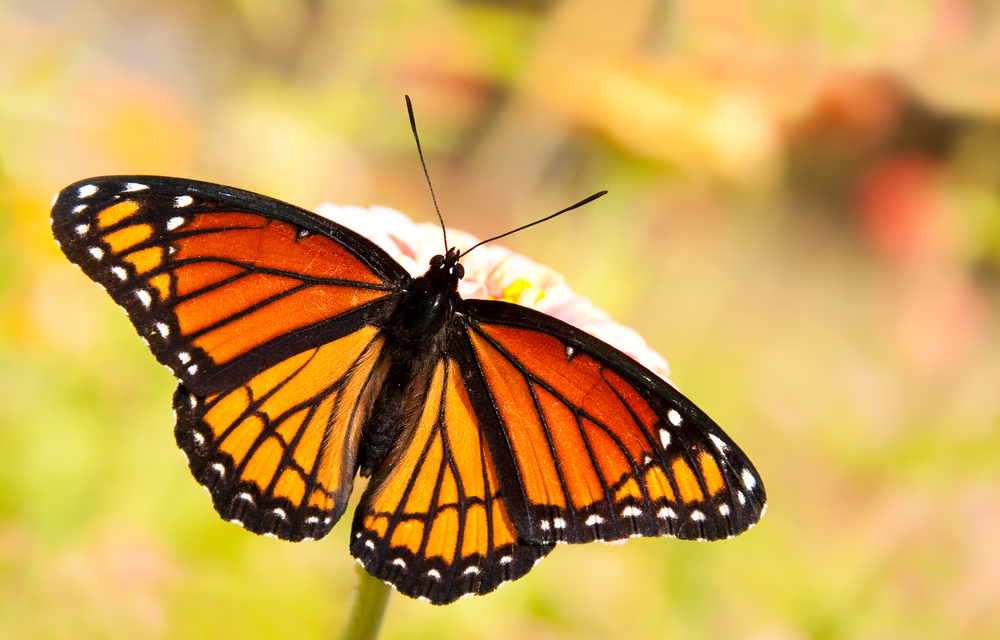Uniqueness
The Ulysses Swallowtail is one of the most visually iconic butterflies of the Australasian tropics, celebrated for its brilliant blue iridescence, high-speed flight, and its role as a symbol of natural beauty in Australia. Its combination of show-stopping appearance and specialized behavior makes it a standout species both biologically and culturally.
Iridescent Electric Blue Wings:
The butterfly’s upper wings shimmer with metallic, structural blue, a result of microscopic scales that reflect and refract light. This makes the butterfly highly visible when in motion, yet nearly invisible at rest when the wings close to reveal the brown, cryptic underside.
Flash Defense Mechanism:
The strong contrast between the bright blue upperside and dull underside provides a unique flash-and-hide defense: predators spot a flash of blue, but when the butterfly lands and folds its wings, it seems to disappear into the background.
High-Speed, Canopy-Level Flight:
Ulysses Swallowtails are known for their fast, purposeful, and fluttery flight, especially in tropical forest canopies. While many butterflies drift lazily near the ground, this species often patrols treetops, diving down to feed or court.
Cultural Symbol in Australia:
In Queensland, the Ulysses Swallowtail is widely recognized as a symbol of tropical biodiversity and ecotourism appeal. It features in regional branding, signage, and butterfly house exhibits, often called the “Blue Mountain Butterfly.”
Territorial Males with Strong Visual Cues:
Males are strongly attracted to blue-colored objects, including signs, clothing, or artificial flowers. This color recognition likely evolved to help them locate mates and nectar sources in a visually dense forest environment.
Specialized Larval Host Plants:
The caterpillars feed almost exclusively on trees in the Rutaceae family, including Melicope elleryana—a native flowering tree. Conservation of these host trees is critical to sustaining wild populations.
Photogenic and Ecotourism-Friendly:
Due to its slow glides, large size, and electric coloration, the Ulysses Swallowtail is a favorite of nature photographers and butterfly watchers, and it is often used in butterfly house displays around the world.
The Ulysses Swallowtail’s dazzling color, fast flight, and symbolic role in Australian nature tourism make it not only biologically distinctive but also culturally cherished—a true emblem of tropical beauty.



































































